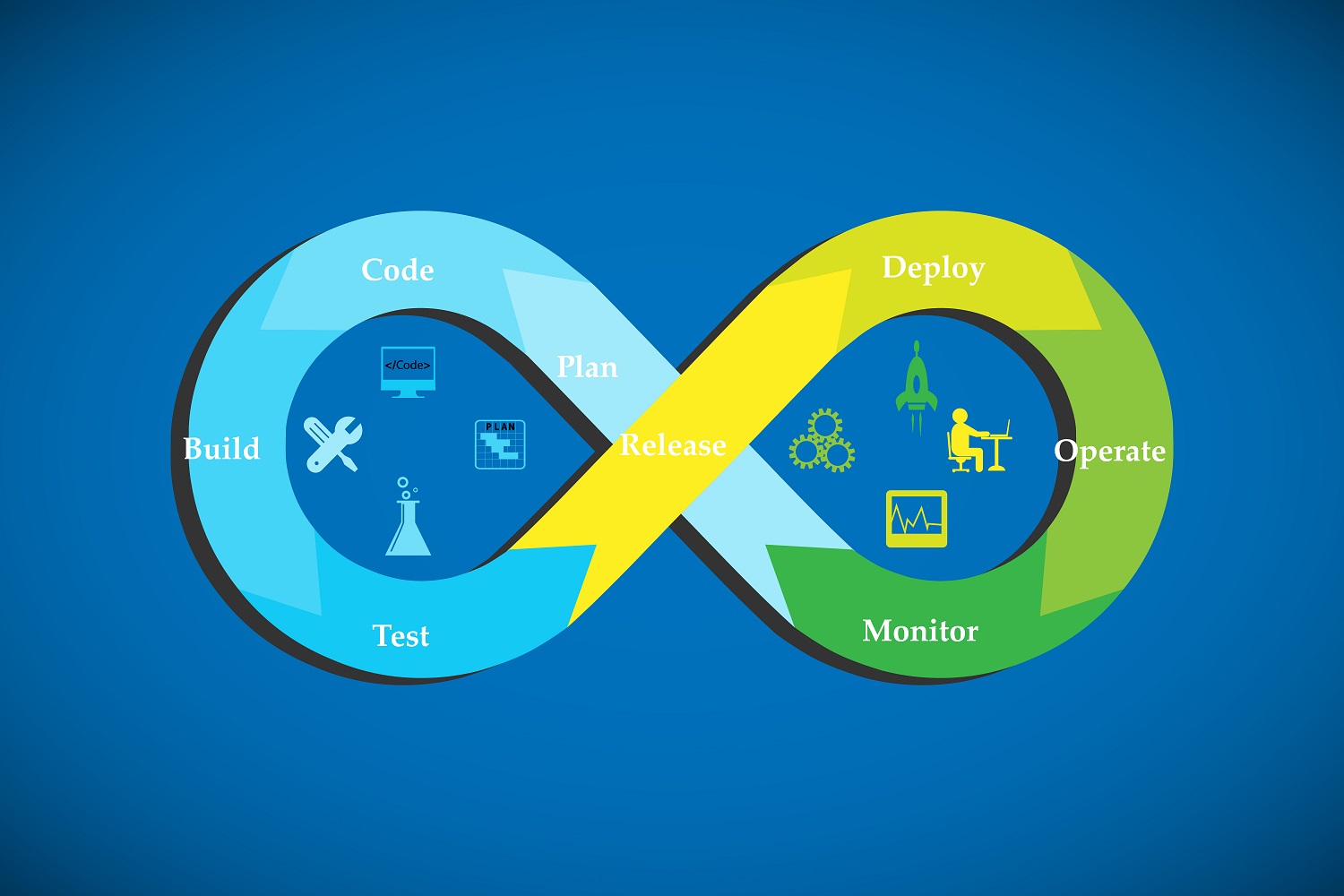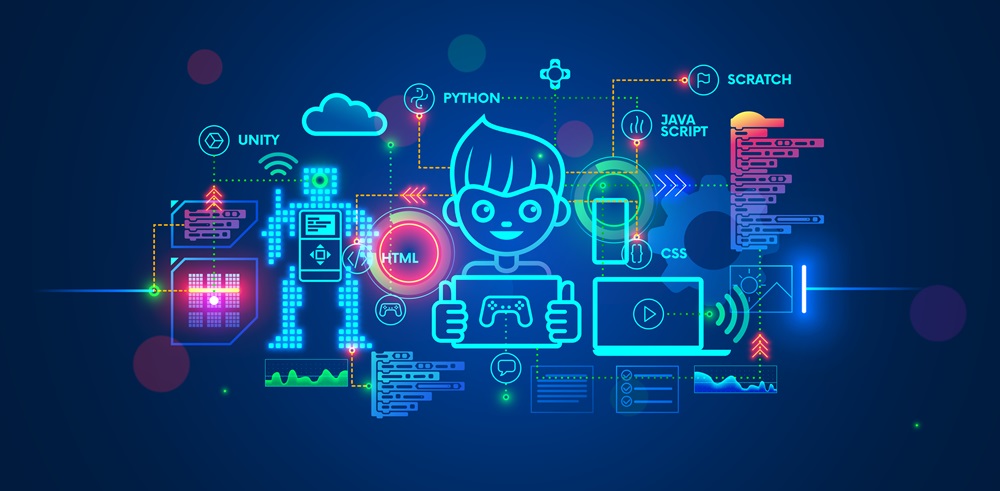What is Continuous Integration? Tools and Technologies
Continuous integration is one of the primary DevOps practices seen commonly in creating software and agile development. A process that sees various contributors' code changes and activities be tested automatically while being added to a software project.
Also known as CI, the practice is usually required to build and test software or programs in small, bite-sized pieces instead of being compiled and put into place at once during the later stages.
Let’s say you’re working on a big software project with multiple developers. Integrating CI as a practice will see each developer on your team write their code and submit it to a shared repository, like a digital kitchen counter.
As soon as someone adds their code, it will kick off an automatic process to build, test and merge that code with the project in its current state.
For instance, think of it like you have a team of bakers making a cake. Instead of waiting around for one member of the team to finish making the cake, each baker will prepare a layer of the cake on their own and then put it into the oven to bake as soon as they’re done.
Under this method, you’ll receive fresh, ‘tested’ layers of cake coming your way, constantly, from out of the oven and ready to be assembled on your counter.
Continuous integration helps catch any issues that are developing early on during software development, as the code is being rigorously tested.
If there’s a problem in the project, like a bug or an error, then it becomes easy to locate and fix it because you know exactly what code may have caused it.
It's sort of like finding out a wrong ingredient in one of the layers of the cake right as it comes out of the oven, instead of discovering it when the layers have been assembled and the cake’s prepared.
So that cake analogy explains what is continuous integration in a nutshell: It’s all about building and testing software and then further building that project in small increments.
Today, continuous integration services ensure that the code in your software is in a good state and ready to be further deployed, tested, or deployed. According to a survey conducted by GitLab, 83% of developers actively use CI in their operations.
It is also one of the driving forces for encouraging collaboration between teams, as everyone gets to be on the same page. All while their work is constantly being tested and integrated together.
What is the Difference Between CI and CD?
Continuous Integration (CI) and Continuous Deployment/Delivery (CD) are closely related, in how software is developed and released.
The main difference between both lies in how CI mainly focuses on the integration and testing of code while CD, on the other hand, takes the process a bit further by automating the software’s deployment to production environments.
They both work in tandem while a company is focusing on concepts like DevOps infrastructure as code or DevOps release management. Let’s take a look at an example to further understand the differences:
Continuous Integration
Consider a scenario where a team of developers works on an app for mobile devices. Each developer in the team is working on separate features, such as in-app messaging, user authentication, payment processing, etc.
Continuous Integration (CI) will ensure that as soon as one developer has completed their code for a specific feature, it will get added to the repository. And then, the CI system will start working to build and run tests on it for smoother app functioning.
Continuous Deployment
This process aims to send out new features and updates to the app’s users quickly and efficiently. Continuing with the example from above, once the developers have compiled and submitted new bits of code to be added, it will have to pass the CI tests. Under CD, it will also automatically move forward to the deployment state.
Let’s suppose the payment processing feature by the team’s developer passes its CI tests. In a CD setup, this code will then be packaged into the version meant for release, pass through a round of regression testing, and then deployed to active users without any manual intervention between any of the processes.
In this way, CI differs from CD majorly in its focus and scope. Continuous integration compiles the code, runs unit tests, and then checks for errors and issues that might have crept in, like a feedback loop for developers who want to make sure that there are no hiccups in the integration process down the line.
And continuous delivery and deployment automate this delivery process so that the path from development to production is as smooth as possible for the developers.
Top Continuous Integration Tools for Software Developers
Over the years, the tools and technologies used by software companies for development practices or software testing services have steadily evolved to match the needs of various industries. Here are some popular tools used by developers to match the need for continuous integration processes:
1. CircleCI:
When it comes to testing for changes to code or new features being introduced in a software or app, CircleCI is a go-to for many developers interested in testing their app at the suitable intervals. It’s a cloud-based platform that is easy to operate and scales easily.
As a CI tool, it integrates quickly with popular version control systems such as Bitbucket and Github, including an easy route to configure the setup using a YAML file.
Plus, CircleCI offers support for parallelism, caching, and several pre-configured environments that can be used for various programming languages and frameworks.
2. GitLab CI/CD:
GitLab is quite popular amongst developers because it’s a complete DevOps platform with an inbuilt CI/CD system. By relying on Gitlab, developers can define CI/CD pipelines using a YAML-based configuration file that can, in turn, help them automate the software testing and delivery process.
Any developer using GitLab CI/CD will find that it also integrates easily with Gitlab’s version control, along with its other features such as container registry and issue tracking.
3. Bamboo:
Produced and offered by Atlassian, the company behind other tools like Jira and Confluence, Bamboo is another efficient CI and CD tool used by developers in the tech community. Its key highlights include its user-friendly interface that is great for building, testing, and deploying apps.
Furthermore, it integrates easily with other Atlassian tools and also supports scalable and distributed builds, deployment automation, and parallel testing.
These tools are excellent for starting with continuous integration practices in building apps and software products. It’s worth noting that there are also cloud providers in the industry, like AWS (AWS CodePipeline), Google Cloud (Cloud Build), and Microsoft Azure (Azure Pipelines), that offer their own CI services.
Services that also integrate quite well within their respective ecosystems. They each bring something or the other to the table, often bustling with a range of features, and can work perfectly to simplify the CI process for software development – including all necessary to boost collaboration amongst teams and improve productivity.






